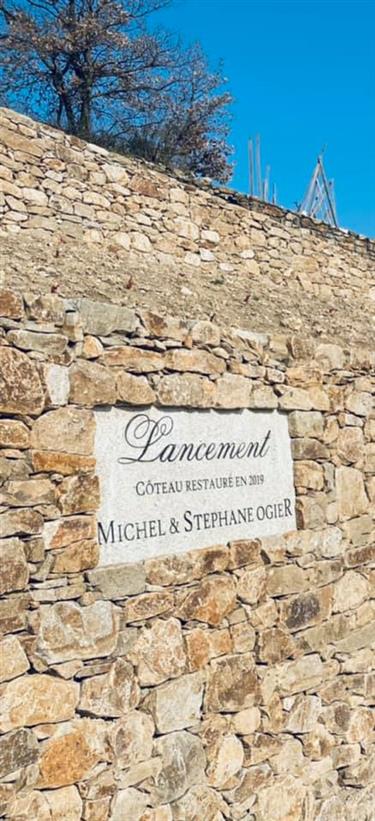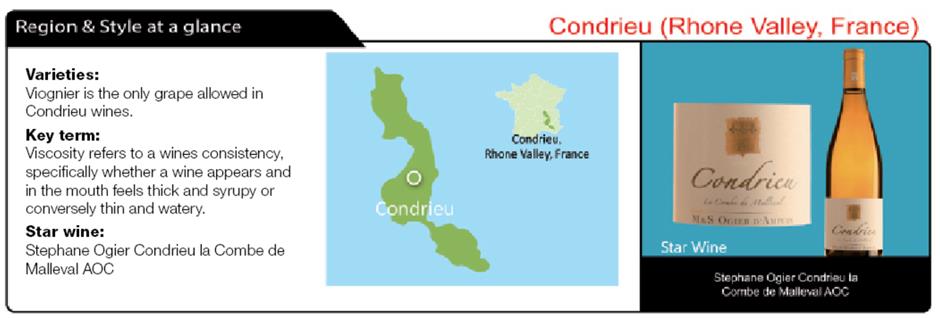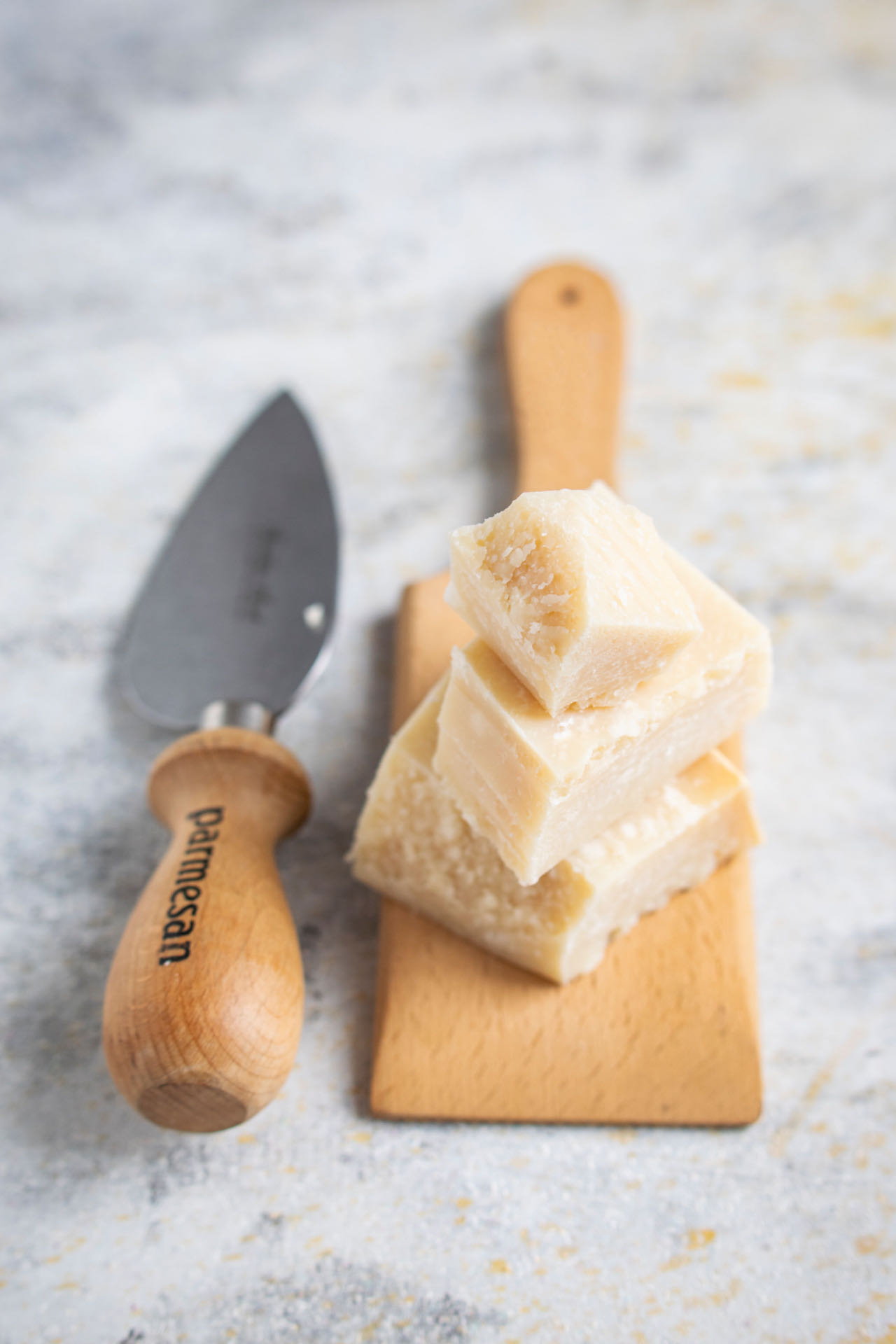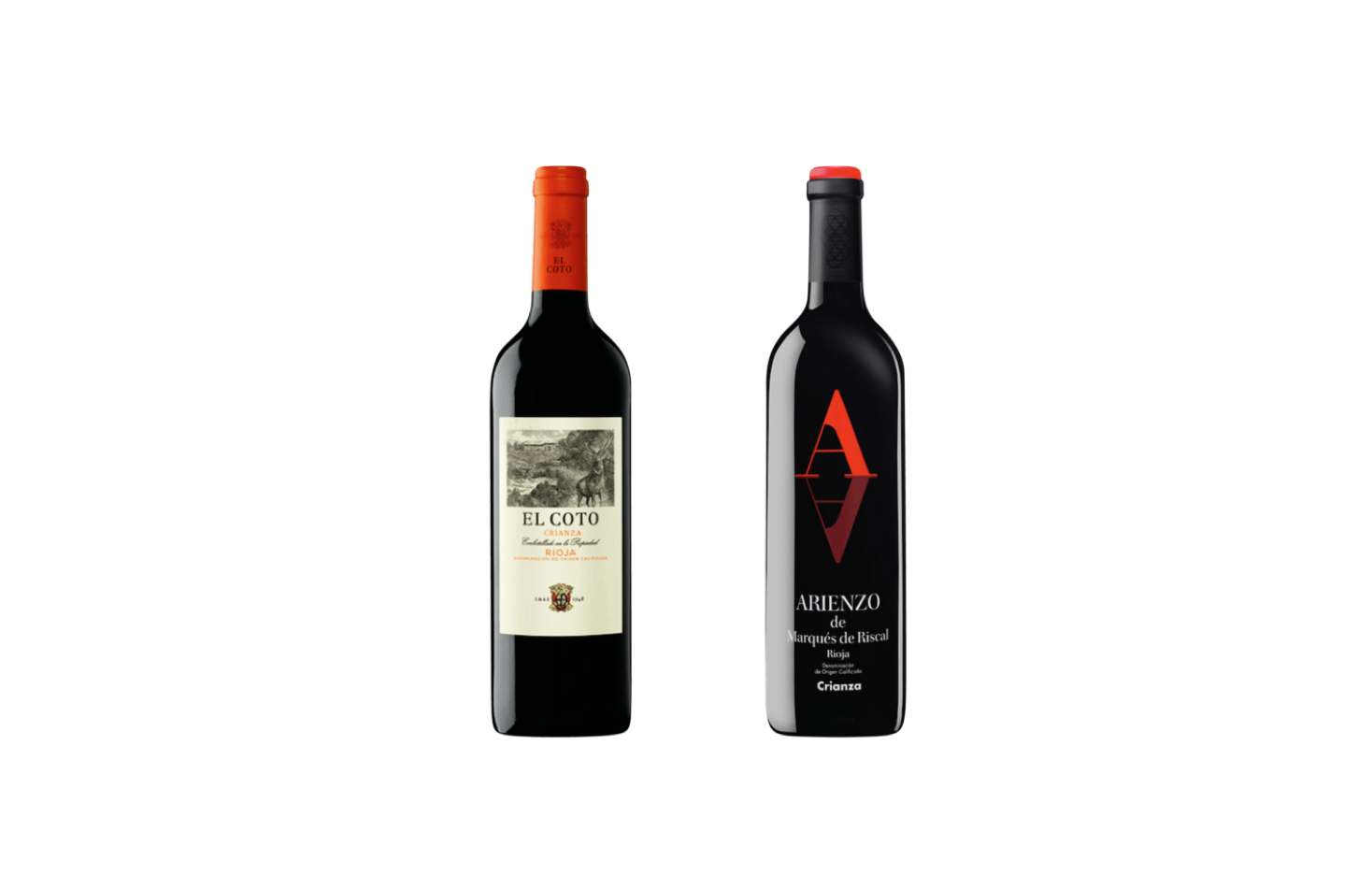Summary
One thing is for sure: The gourmet world would be a whole lot less interesting and delicious without cooking oils. This week, my learned friends at this paper are introducing the variety of oils used to enhance the flavors and textures of popular foods. In step and tune with their theme, I'll examine oiliness and how it pertains to wines.
Mankind like other animals originally ate food raw. However, with the taming of fire, meat and vegetables began to be roasted and boiled. Sometime late in the Stone Age when pigs and dogs were first domesticated, ancient tribes learned to render animal fats and use them to preserve and cook their food. Butter and ghee from sheep, goats and cattle also became mainstay oils for cooking. Plant oils from olives in the Mediterranean and sesames in India are a more recent occurrence, dating back to early pre-dynastic Chinese and Western agrarian cultures.
Today, we have a plethora of oil choices to embellish our foods. I favor extra virgin olive oil for salads and low-heat cooking, corn and peanut oils for higher heat frying and sesame oil for its unique pungency. Butter is a must, and lards of all origins are a naughty occasional delight. Surprisingly, one's taste and tactile affinity for oils can also extend to wine.
A select number of grape varieties tend to make wine with a distinct oily texture. To a lesser extent, the winemaking process may also impart an oily texture. The oily texture and high viscosity provide a special and highly desirable mouthfeel to many experienced tasters. Some good examples are Garganega, Gewurztraminer, Chardonnay and my vino topic this week: Viognier.
A healthy plurality of modern-day white wine lovers are comfortable having the words Chardonnay, Sauvignon Blanc and Pinot Grigio role off their tongues, but are still alien to the sound and taste of Viognier. Consequently, this intrinsically noble white variety remains in the vino domain of wine experts.

Hilly vineyards of Condrieu AOC
The Viognier grape is an ancient variety of mysterious origin. One popular hypothesis is that the grape originated in Dalmatia in present day Croatia, and was brought to the Rhone Valley by the Romans when they invaded Gaul two millennia ago. Scientists at the University of California, Davis have conducted DNA profiling that indicates Viognier is closely related to the Freisa grape in Piedmont, Italy.
The most famous Viognier wines come from the Rhone Valley, the spiritual home of the variety, and many of the best examples come from a small appellation along the hilly undulations of the great Rhone River.
Nearly 500 years before the Romans first cultivated grapes in Burgundy, Greek settlers planted vines in the Rhone Valley. Some of the earliest records of winemaking date back four centuries before the birth of Christ. During the Roman Empire, the region's wines were prized by emperors and nobles. Wines from the small region of Condrieu were especially esteemed.
The prestige of Rhone Valley wines, including Condrieu, reached new heights during the Avignon Papacy (1309–77), when popes and other Church leaders promoted the region's wines. For centuries, Viognier vineyards in Condrieu and neighboring areas along the Rhone River were a fairly common sight. All of this changed with the late 19th century Phylloxera epidemic.
A large number of Rhone Valley growers abandoned the notoriously difficult and late ripening Viognier, and replanted their lands with easier-to-cultivate varieties. The precipitous decline in plantings and the popularity of the grape continued during the two world wars. This once exalted grape was gradually fading from the landscape.
In 1940, Condrieu was granted AOC status but the designation had a limited impact on the region's fortune. By the late 1970s, only 10 hectares of Viognier vines remained in the Northern Rhone. Then in the 1980s, a select number of influential wine writers and critics along with the renowned wine negociant Marcel Guigal started to advocate this nearly forgotten variety as an alternative to more popular ones. A slow Viognier renaissance in the Rhone Valley in general and in Condrieu in particular had begun.
Today, while by no means a mainstream wine region, Condrieu has a small but growing legion of aficionados, and there's good reason why. Along a particularly hilly and rocky 15 kilometer stretch of the Rhone River, the modern-day Condrieu AOC region makes some of the world's most distinctive white wines. Many of the best wines are made from 70-year-old or older vines.
While the style of Condrieu wines has evolved to accommodate modern palates that desire drier and fresher wines, these whites still retain their highly textured, oily and complex traditional identities.

Where to buy in Shanghai
www.rubyred.com.cn (website)
Stephen Ogier Condrieu la Combe de Malleval AOC
Andre Perret Condrieu Blanc AOC
Andre Perret Condrieu Coteaux de Chery AOC
Jamet Condrieu Vernillo AOC
www.everwines.com (website)
M. Chapoutier Condrieu Granges de Mirabel AOC





